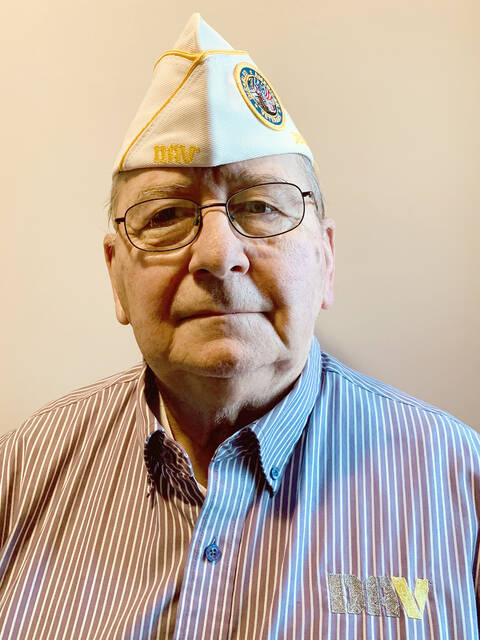On January 11, 2024, the Department of Veterans Affairs (VA) announced that it was now providing life insurance coverage to over 31,400 veterans during its first year of issuance. This was more life insurance coverage issued in one year to veterans than in our nation’s entire history!
Over $950 million dollars of guaranteed-acceptance life insurance coverage has been issued to veterans under the VALife Program since its’ start on January 1, 2023. The VALife Program was the first new VA life insurance program for veterans in fifty (50) years.
The VA’s previous life insurance program, the Service-Disabled Veterans Insurance (S-DVI), required that most veterans had to apply for the insurance within two (2) years after receiving their disability rating. The last day for new S-DVI Program enrollments was December 31, 2022.
Under the S-DVI Program, most veterans could only receive up to $10,000 of coverage. Under VALife, all veterans are eligible for up to $40,000 of insurance coverage.
The new VALife Program has no time limit requirement for veterans who are aged eighty (80) years old and younger. It provides veterans up to $40,000 of whole life insurance. For veterans with service-connected disabilities, acceptance is guaranteed and no medical underwriting or medical evaluation is required.
Disabled veterans should be aware that there is a two (2) year mandatory waiting period before the insurance coverage is implemented. Veterans would have to pay two (2) years of insurance premiums before the face value of the life insurance goes into effect.
In the event the disabled veteran passes away during the two-year waiting period, the named beneficiary will receive all the premiums paid plus interest. The VALife Program does not offer waiver of premiums.
The VA has reported that it is currently serving 5.6 million veterans, service members and their families with $1.5 trillion dollars of coverage insurance.
It should be noted that the VA offers six (6) different types of insurance, including the VALife and S-DVI Programs, which explains the 5.6 million participants in their programs.
According to the VA, the President “believes we have a sacred obligation to care for our nation’s veteran’s and their families, and he has made delivering for veterans a key part of his Unity Agenda for this nation.”
“All veterans deserve to know that their families will have financial support when they pass away,” said Secretary of Veterans Affairs Denis McDonough.
“VALife helps make that happen, providing well-earned peace of mind to veterans and their families nationwide,” concluded Secretary McDonough.
The Executive Director of the VA’s insurance service, Daniel Keenaghan, believed that the VALife’s Program filled a gap that existed for veterans who could not acquire life insurance from the private sector because of their service-connected physical disabilities from the private sector.
Veterans currently enrolled in the S-DVI Program have the option to keep their current coverage or convert to the VALife Program. These veterans can also apply for the VALife Program at any time.
However, if these veterans apply before December 31, 2025, they can also retain coverage under the S-DVI Program during the two (2) year waiting period for the VALife death benefit to go into effect.
My Opinion: On June 8, 2022, the Clermont Sun Newspaper published a story concerning the proposed New Life Insurance Program that was being implemented on January 1, 2023. Apparently, 31,400 disabled veterans took advantage of the VALife Program and enrolled in the coverage.
One of the shortfalls of the entire VA’s insurance program is the veterans’ lack of awareness that the VA offers several of these life-insurance options. For example, I did not know that the VA offered six (6) different types of insurance, until a veteran asked for assistance in obtaining insurance.
The VA should be attempting to increase awareness of this benefit to our veterans, especially our disabled veterans. Although the VA claims their insurance programs are low-cost options, the veteran has the responsibility to check and compare the premiums and coverage offered by insurance companies in the private sector.
Each veteran is different and has many different reasons for obtaining life insurance. The only constant in this statement is that the VA life insurance programs are only available to veterans because of their military service.
For the VA to make their life insurance a success, they must focus on publicizing the VALife program to veterans and perhaps expanding the veterans’ age enrollment eligibility beyond 80 years old.
The VA should distribute information materials at large veteran events and disseminate the information to veteran counselors. Another possible recommendation would be to increase the coverage from a maximum of $40,000 to $50,000 and tie-in financial aid to the policies.
Outreach efforts, including the distribution of information materials at large Veterans events, have been instrumental in boosting sign-ups, but the focus is now on further publicizing the program.
Keenaghan acknowledged that there is room for improvement and expansion. His office is exploring potential improvements for the future, contemplating higher coverage totals and potential financial aid tied to the policies.
For example, under the old S-DVI Program, a veteran who qualifies for total disability may receive a waiver of the premium for up to $10,000 in life insurance coverage. This means the VA is paying a portion of the insurance coverage of the veteran.
BioSketch: John Plahovinsak is a retired Army veteran, who served from 1967 to 1999. He does not possess any VA insurance coverage. He is the Disabled American Veterans (DAV) Department of Ohio’s Hospital Chairman and Adjutant of DAV Chapter #63 (Clermont County). He can be contacted at: [email protected].

